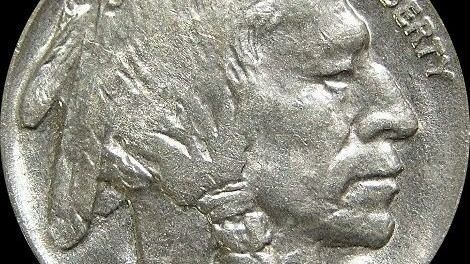The Healthiest Yogurts Ranked From Worst to Best
Finding the perfect yogurt can feel like navigating a minefield these days. With countless options lining grocery store shelves, from Greek to Icelandic, full-fat to fat-free, and a rainbow of flavors in between, making the healthiest choice has never been more complicated. The truth is that many brands market themselves as healthy alternatives when they’re actually loaded with more sugar than a donut.
Yogurt has been shown to promote healthy weight and regulate blood sugar in people with metabolic syndrome. Plus, it packs protein, probiotics, and healthy fats all in one. Yet as nutrition experts warn us, “For every healthy yogurt product on supermarket shelves, others aren’t much healthier than ice cream.” Let’s dive into the good, the bad, and the surprisingly terrible to help you make smarter choices.
La Yogurt – The Sugar Bomb Masquerading as Health Food
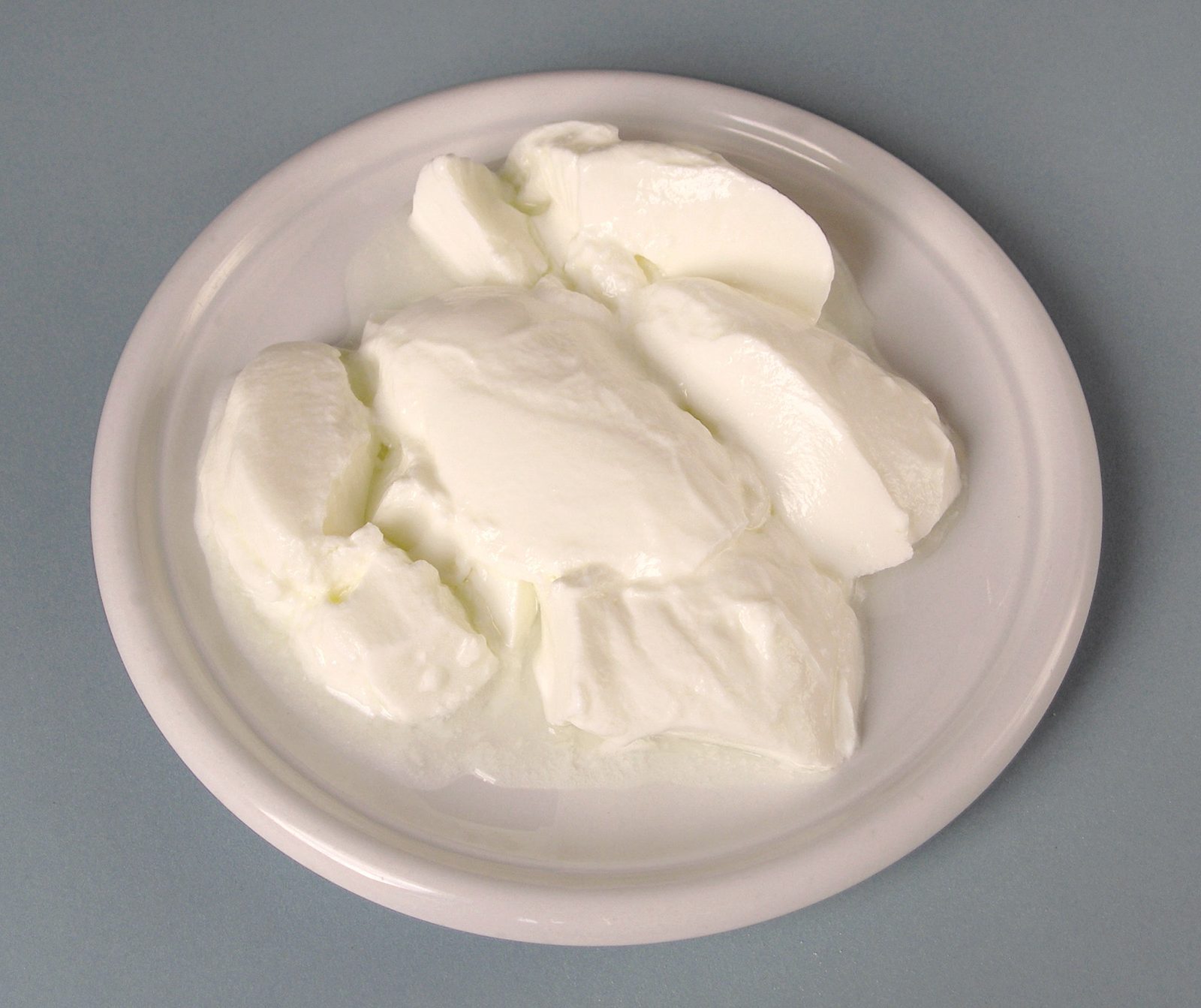
Starting our ranking at the absolute bottom is La Yogurt, a brand that proves marketing can be dangerously misleading. “Terribly high in added sugars and low in protein, La Yogurt carries some of the highest amounts of added sugars across its flavors. For example, the blended mango flavor has 21 grams of added sugar and just 7 grams of protein.”
What makes this particularly concerning is how these yogurts are often “marketed toward the Hispanic population” but are “among the worst you can find on store shelves.” With one standard serving containing as much as 21 grams of sugar and 150 calories, you’re essentially drinking a dessert disguised as a healthy snack.
The protein content is laughably low at just six grams per serving, meaning this yogurt will leave you hungry within an hour. The sugar high will burn off and leave you even hungrier than you were before you opened the yogurt.
Yoplait Whips – The Dessert Pretending to be Breakfast
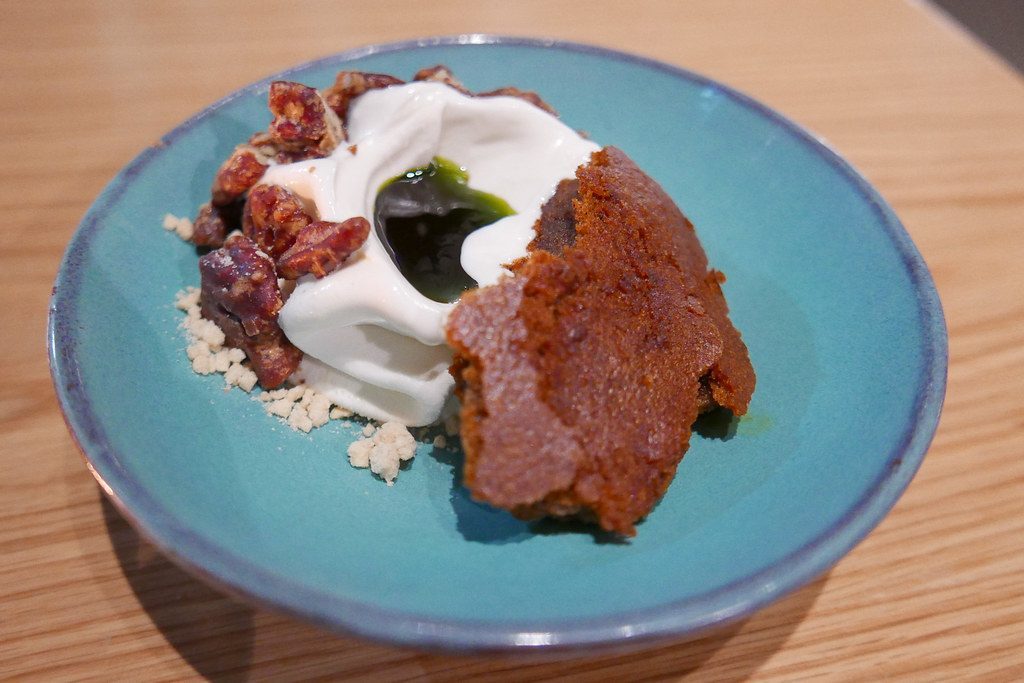
Yoplait Whips is actually more of a dessert than a yogurt, with 150 calories per serving and zero fiber and approximately 15 grams of sugar. Nutrition experts are particularly harsh about this product, with one registered dietitian noting that “these yogurts are packed full of calories and sugar and they actually contain a smaller serving of yogurt than the average amount, so they certainly won’t help curb cravings.”
The brand has built its reputation over decades, but don’t let nostalgia fool you. There is no Yoplait yogurt that doesn’t have added sugars, including the Greek, 100 calorie, and fat-free options. You’re best off avoiding this brand altogether, despite the marketing hype it receives.
A single serving of Yoplait yogurt can contain up to 17 grams of sugar, which is more than three times the recommended daily limit. That’s more sugar than you should consume in an entire day, all packed into one tiny container.
Cabot Triple Cream Vanilla Bean Greek Yogurt – The Worst Greek Offender

Cabot Triple Cream Vanilla Bean Greek Yogurt stands out as one of the worst offenders on our list, with the highest sugar content of any Greek yogurt we reviewed. Don’t be fooled by the “Greek” label here.
With 21 grams of sugar and only 11 grams of protein, it leans more toward a dessert than a healthy snack. In addition to the sugar, it packs 13 grams of fat, including 8 grams of saturated fat. Consuming too much saturated fat can elevate cholesterol levels, potentially raising your risk for heart disease and stroke.
This yogurt represents everything wrong with the current market. Greek yogurt should be a protein powerhouse with minimal added sugars, but this product completely misses the mark.
So Delicious Vanilla Coconutmilk Yogurt – The Plant-Based Disappointment
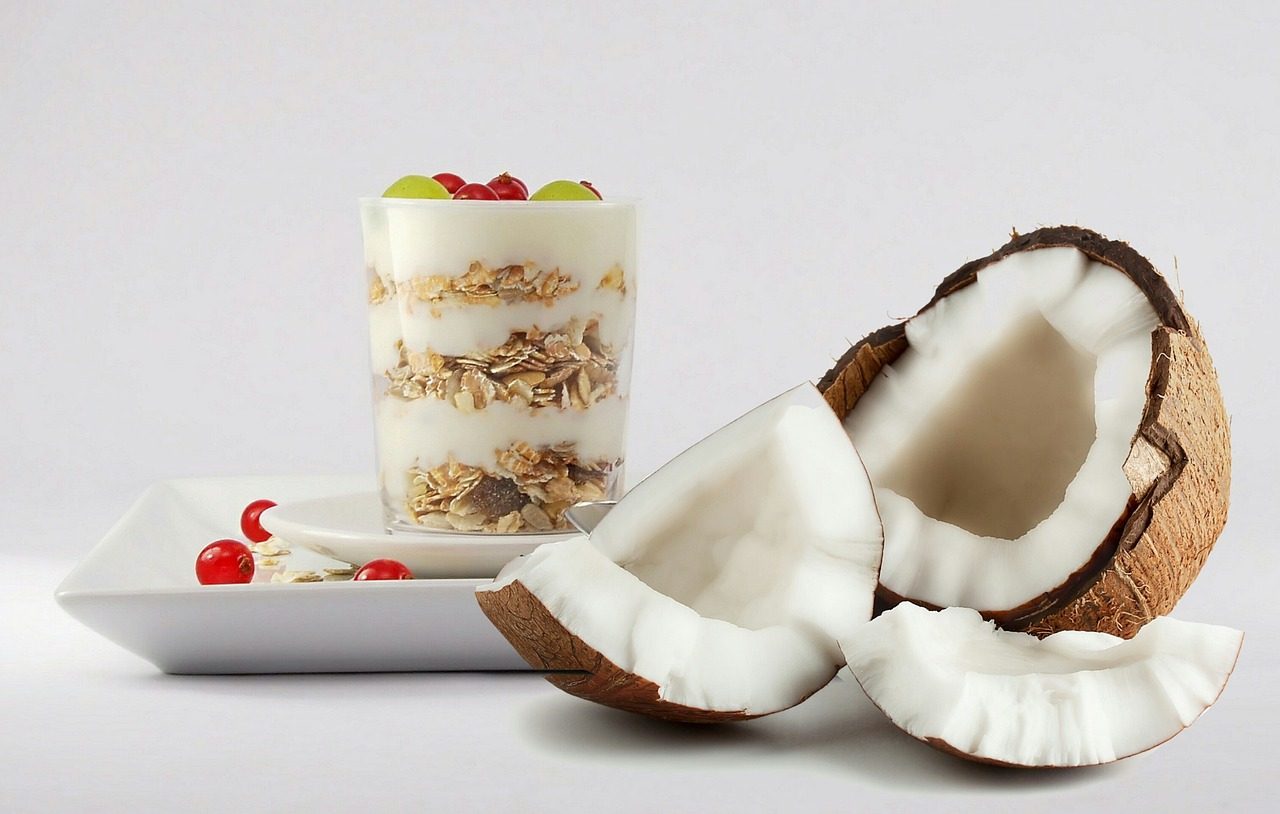
Just because something is dairy-free doesn’t automatically make it healthy. “It has next to no protein (less than 1 gram per 3/4-cup serving), only 2 grams of fiber, and too many added sugars at 17 grams – that’s over 4 teaspoons of sugar!”
The company’s Vanilla Coconut Milk Yogurt contains not only a huge amount of added sugar – with 15 grams in each 150-gram container – but also a high amount of saturated fat. Each yogurt tub provides you with 3.5 grams of saturated fat, nearly a fifth of the maximum amount you should have in a day.
What really sets So Delicious apart is its product’s total lack of protein. While coconut milk does contain a small amount of naturally occurring protein, it doesn’t contain as much as cow’s milk – and unfortunately, none of it makes its way into this yogurt.
Noosa Yogurt – The Delicious Trap

This is where things get tricky because Noosa yogurt genuinely tastes amazing. It pains us to place Noosa on the “worst” list because it’s so delicious that you’d swear it was a dessert. And with about 30 grams of sugar per 8-ounce container, it pretty much is.
The blueberry flavor, for example, has approximately 25 grams of sugar, 18 gram of which are added sugar. Just note that this option is higher in sugar than we’d typically recommend. While the brand uses quality ingredients and creative flavors, the sugar content puts it firmly in dessert territory.
This Noosa yogurt has pieces of toasted coconut, almonds, and chocolate chips at the top. You’ll still get 9 grams of protein and live active cultures for your gut, but just know that this yogurt is more of a dessert than anything.
Dannon Fruit on the Bottom – The Classic Mistake
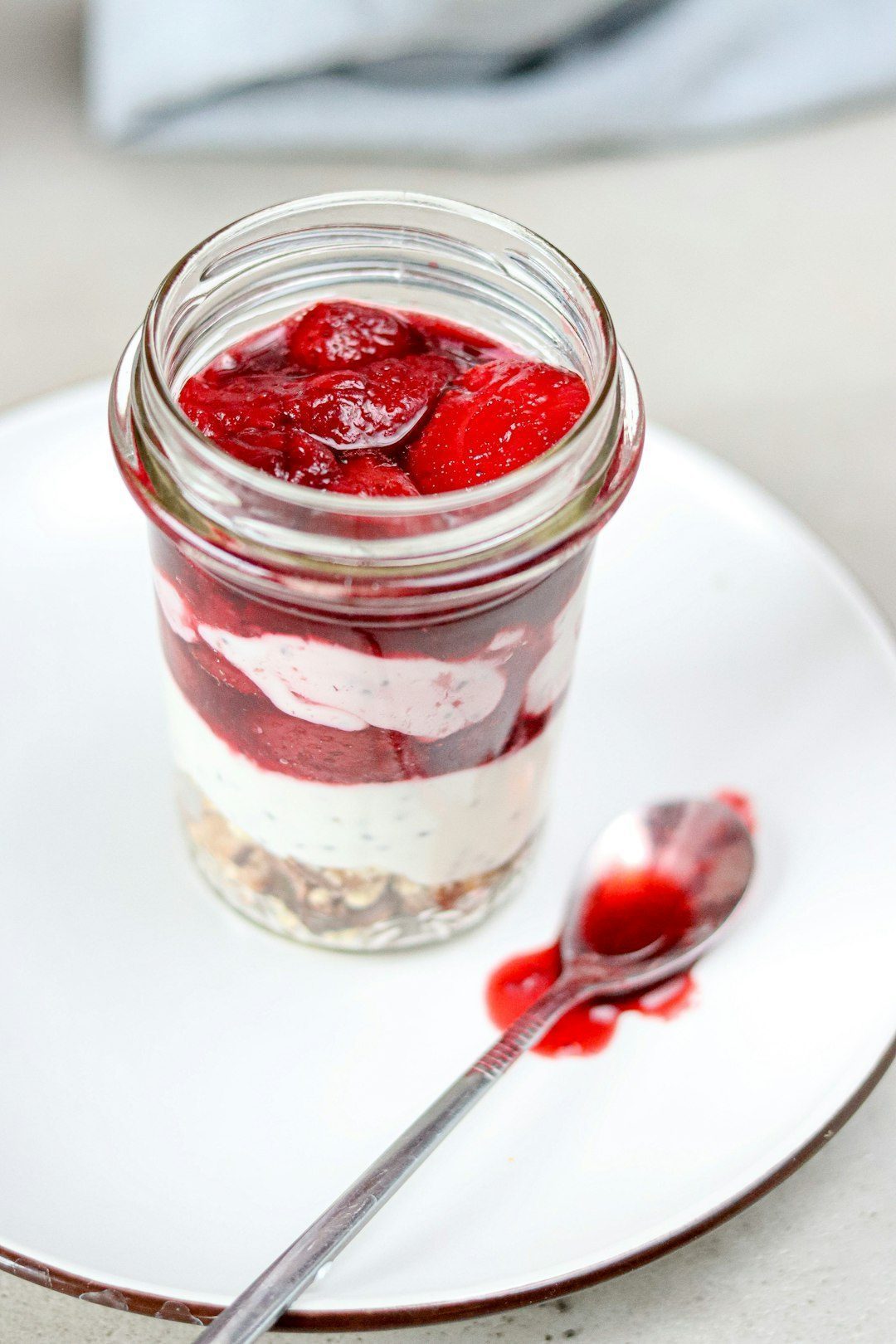
Fruit on the bottom yogurt, like Dannon yogurt cups, might seem like a great way to get more fruit into your diet, but it’s not a great choice. The yogurt is filled with sugar and preservatives. With 15 grams of sugar per carton, Dannon Fruit On The Bottom is more like a dessert than a healthy snack.
Many people grew up eating these yogurts and assume they’re healthy because of the fruit element. The strawberry flavor has 21 grams of sugar and a mere 5 grams of protein. Plus, the small container has gelatin and food starch, making that healthy yogurt filled with other ingredients.
Overall, Dannon’s yogurt isn’t the worst of the worst, but you can definitely do better. Its big drawback is that it’s pretty high in sugar. We’re talking 21 to 22 grams of sugar, when some of our “best” brands have about half that.
Chobani Flip – The Candy Store Yogurt

Chobani makes some excellent plain Greek yogurts, but their Flip series is a different story entirely. Chobani Flips are a tasty pre-portioned dessert with yogurt and pieces of cookies, chocolate, or fruit, but because of its high sugar count, you’re better off saving these as a once-in-a-while treat.
“A mix-in style yogurt with sweet toppings like chocolate chips or nuts, Chobani Flip can increase the sugar count far beyond what is typically recommended for a healthy snack, depending on the variety chosen.” The brand markets these as convenient snacks, but they’re essentially candy bars in yogurt form.
While the base yogurt might be decent, the add-ins completely sabotage any nutritional benefits. You’re better off buying plain Greek yogurt and adding your own healthier toppings.
Siggi’s Icelandic Skyr – The Rising Star
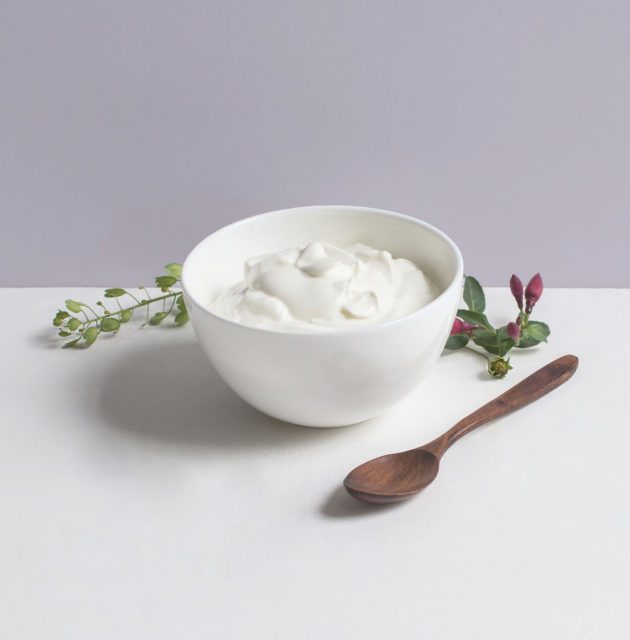
Now we’re entering the realm of actually healthy yogurts. Coming in at No. 1 is Siggi’s Strained Icelandic-Style Skyr. The yogurt is protein rich due to the fact that one serving of uses four times the amount of milk – from grass fed cows – as a regular cup of yogurt.
“Siggi’s skyr, with a whopping 18 grams of protein and 0 grams of added sugar in the plain option (and 8-11 grams of added sugar in the flavored ones) can be a great pick if you’re trying to lose weight. It has a high protein content and low caloric content.”
“I love Siggi’s Skyr! Its high protein content is satiating, and the plain flavor has no added sugar. This way, you can sweeten it up to whatever degree you like.” The texture is notably thick and creamy, making it incredibly satisfying.
Fage Greek Yogurt – The Gold Standard
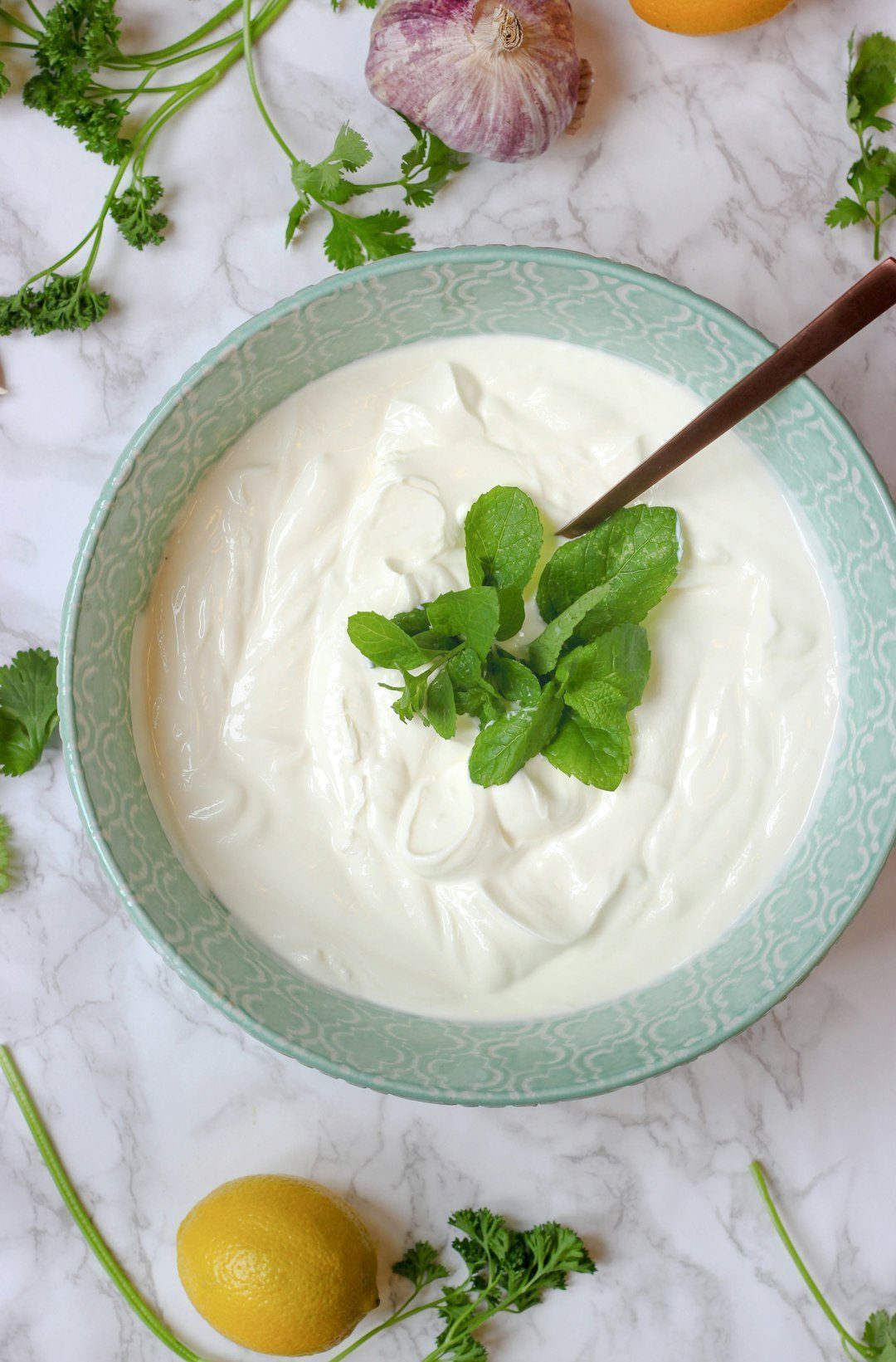
“I love the Greek yogurt from Fage because it has no added sugar and is full of healthy probiotics. Fage also has a special straining process that produces a thick, creamy yogurt that is much higher in protein than regular yogurt. [This yogurt’s] texture and neutral flavor make it easy to add to various dishes for a protein boost.”
Made without any preservatives or artificial sweeteners or flavors, Fage Greek yogurt is a favorite of registered dietitians. The 2% Total Split Cup with the fruit separated out on one side is a great option, so you don’t have to add all of it. “It has a smooth and creamy taste that is not tart, gives 20 grams of protein, and is not high in sugar.”
Fage represents what Greek yogurt should be: simple, pure, and nutritionally dense. The brand has maintained its quality standards while many competitors have added unnecessary ingredients and sugars.
Yogurt doesn’t have to be a nutritional minefield if you know what to look for. Be sure to scan the yogurt nutrition label for added sugars. “The most straightforward way [to avoid excess sugar] is to opt for plain yogurt and add in your own toppings like honey, fruit, or nuts.” The best yogurts combine high protein content with minimal added sugars and clean ingredient lists. When in doubt, choose plain varieties and customize them yourself rather than trusting flavored options that often pack more sugar than a candy bar. What’s your current go-to yogurt brand?
Why Most Store-Bought Yogurt Is Basically Dessert
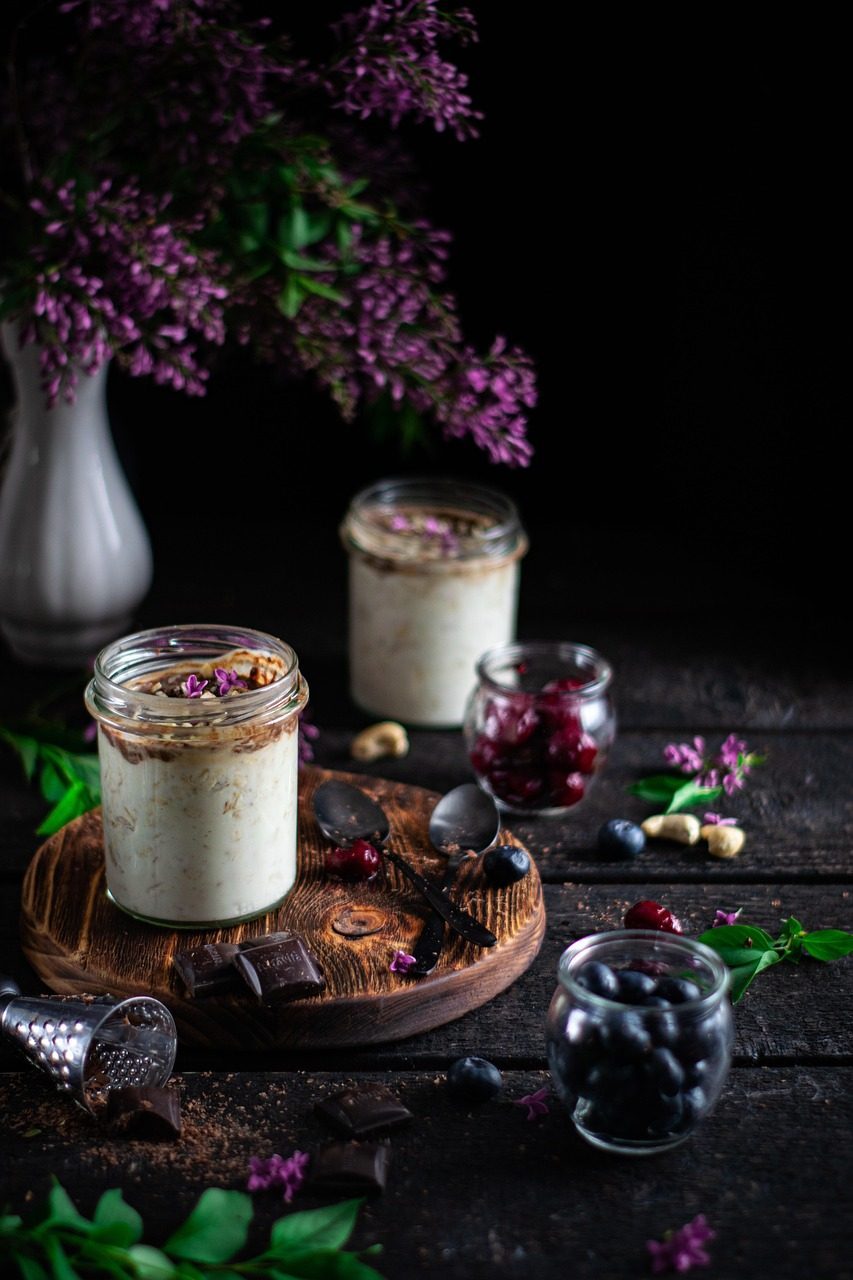
Here’s something that’ll shock you next time you’re strolling down the dairy aisle: many popular yogurt brands contain more sugar per serving than a glazed donut. We’re talking 20-30 grams of added sugar hiding in those innocent-looking cups marketed as “healthy breakfast options.” The yogurt industry has brilliantly convinced us that fruity, flavored varieties are wholesome choices, but they’ve essentially turned what should be a protein-packed probiotic powerhouse into candy in a container. Take a closer look at those ingredient lists and you’ll find high fructose corn syrup, artificial colors, and modified food starch lurking behind pretty pictures of strawberries and peaches. The worst offenders? Those indulgent dessert-style yogurts with cookie crumbles or chocolate chips mixed in – they’re not even pretending to be health food anymore. What makes this particularly frustrating is that yogurt naturally contains lactose, a milk sugar, so you’re already getting around 9-12 grams of natural sugar before manufacturers dump in the extra sweeteners. Your body doesn’t distinguish between “natural” and added sugars when it comes to blood sugar spikes, which means that seemingly virtuous yogurt parfait might be sabotaging your health goals more than you realize.
The Sneaky Marketing Tricks That Fool Even Smart Shoppers
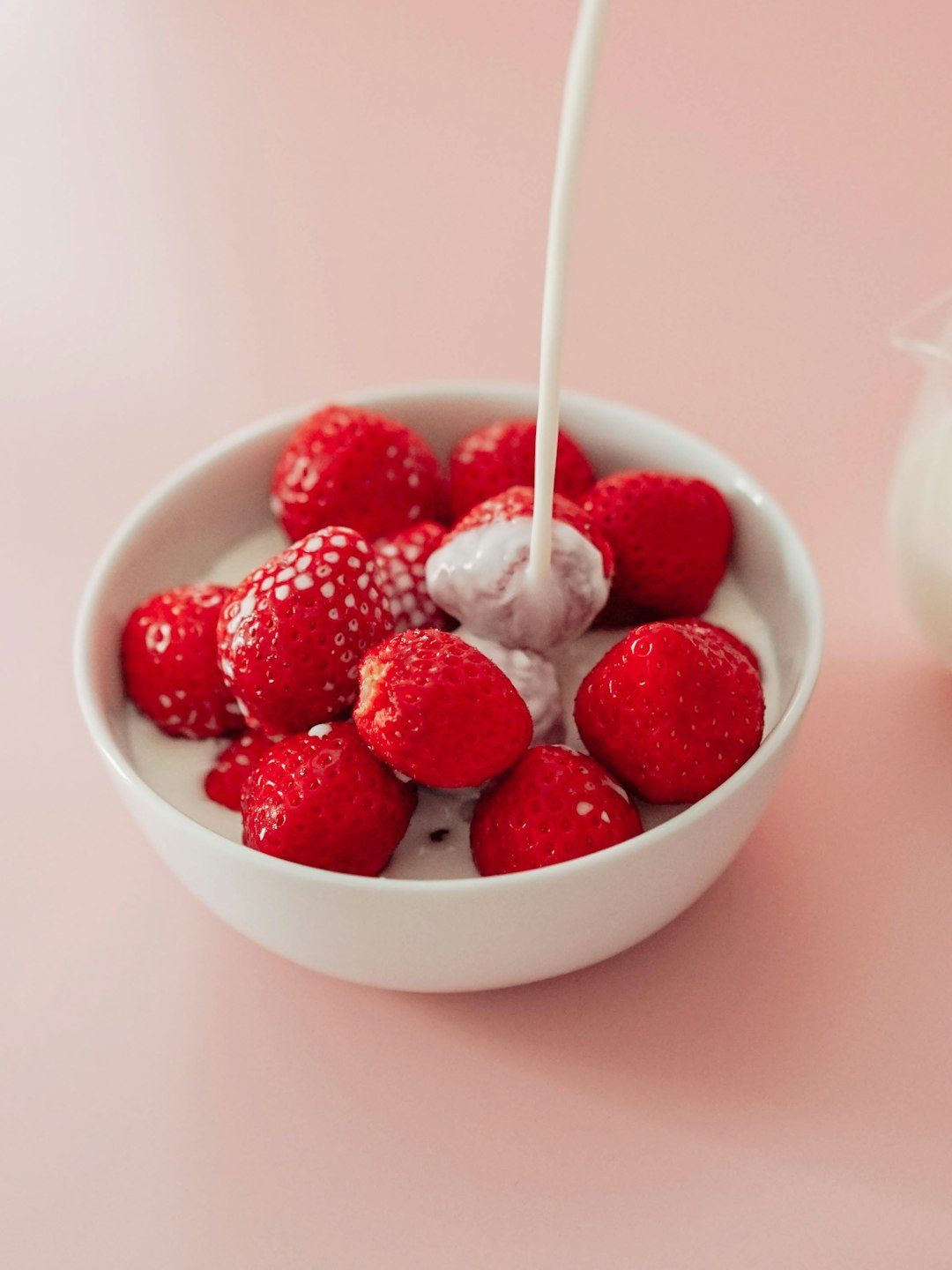
Yogurt companies have mastered the art of deception, and they’re betting you won’t read past the front label. Those buzzwords plastered across the packaging – “all natural,” “made with real fruit,” “low-fat” – are carefully chosen to trigger your health-conscious brain while distracting you from what’s actually inside. Here’s the dirty secret: “low-fat” yogurts are usually the worst culprits because manufacturers replace that creamy fat with heaps of sugar to maintain flavor and texture. The “made with real fruit” claim? That often means a microscopic amount of actual fruit puree mixed with fruit concentrate (which is basically sugar) and artificial flavoring. Even trickier are those serving size games – a container might look like a single serving, but the nutrition label counts it as 1.5 or 2 servings, effectively hiding half the sugar and calories. The placement in the refrigerated health food section, the pastoral farm scenes on the label, even the specific shade of green used in the packaging – it’s all psychological warfare designed to make you grab and go without thinking twice.
How to Actually Read a Yogurt Label Like a Nutritionist
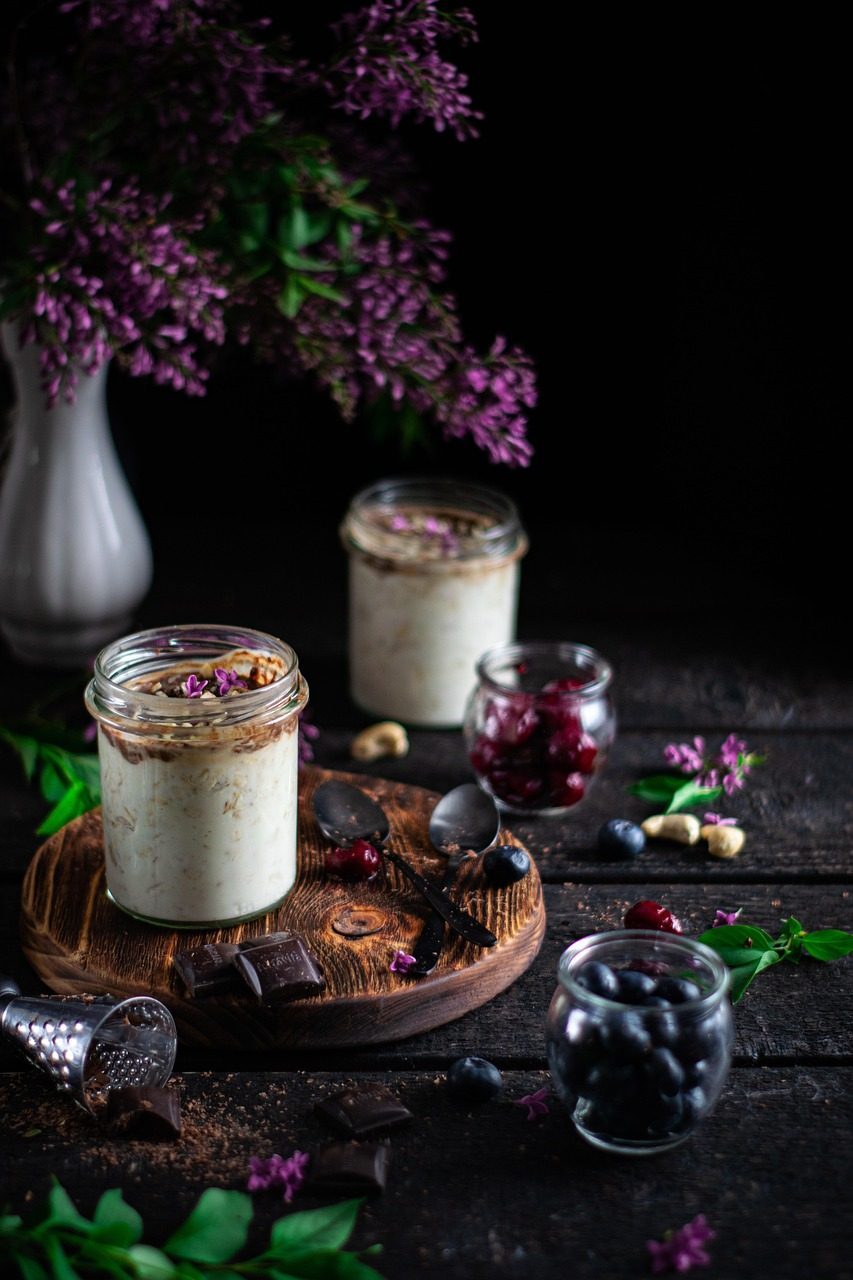
Forget everything you think you know about reading nutrition labels because yogurt labels are a special kind of confusing. The single most important number you need to look at is added sugars – not total sugars, because yogurt naturally contains lactose which shows up as sugar. Anything over 10 grams of added sugar per serving means you’re basically eating ice cream for breakfast. Next, flip that container around and scan the ingredient list, which is legally required to be in order by weight. If sugar, cane juice, or any syrup appears in the first five ingredients, put it back immediately. Here’s a pro trick most people miss: real yogurt should have live active cultures listed, and the more strains the better – look for names like L. acidophilus, Bifidobacterium, and S. thermophilus. The protein content matters too, especially if you’re eating yogurt as a meal replacement – aim for at least 12 grams per serving to actually keep you full. One final red flag that screams “run away”: if the ingredient list reads like a chemistry textbook with words you can’t pronounce, that’s not yogurt, it’s a science experiment.


